- Solar system 'travelling more slowly than thought'
- 'Bow shock' - like a sonic boom in space - does not exist
- 25 years of research turned on its head
- Detected by the orbitiing IBEX probe, with information from Nasa's two Voyager craft
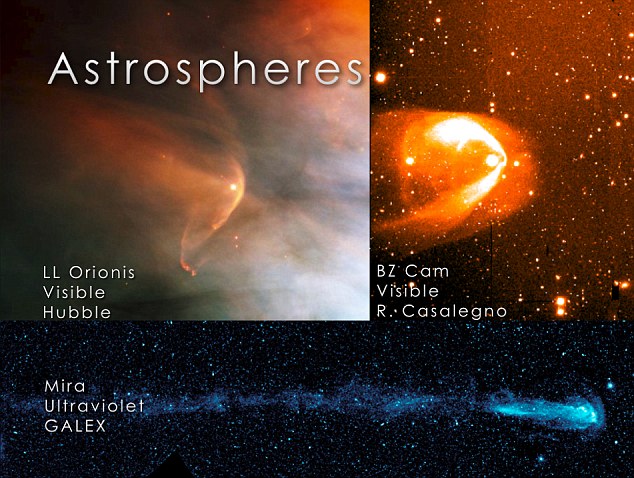
Our solar system is flying through space more slowly than we thought - and Nasa's IBEX - Interstellar Boundary Explorer - has found it doesn't have a 'bow shock', an area of gas or plasma that shields our solar system as it hurtles though space
'The sonic boom made by a jet breaking the sound barrier is an earthly example of a bow shock,' says Dr. David McComas, principal investigator of the IBEX mission.
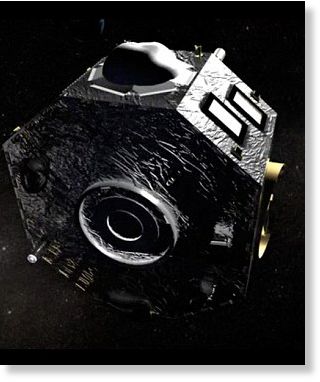
But our solar system isn't moving fast enough to generate a space version of a 'sonic boom'.
For about a quarter of a century, researchers believed that the heliosphere moved through the interstellar medium at a speed fast enough to form a bow shock.
IBEX data have shown that the heliosphere actually moves through the local interstellar cloud at about 52,000 miles per hour, roughly 7,000 miles per hour slower than previously thought -- slow enough to create more of a bow 'wave' than a shock.
'While bow shocks certainly exist ahead of many other stars, we're finding that our Sun's interaction doesn't reach the critical threshold to form a shock, so a wave is a more accurate depiction of what's happening ahead of our heliosphere -- much like the wave made by the bow of a boat as it glides through the water,' says McComas.
Another influence is the magnetic pressure in the interstellar medium. IBEX data, as well as earlier Voyager observations, show that the magnetic field is stronger in the interstellar medium requiring even faster speeds to produce a bow shock. Combined, both factors now point to the conclusion that a bow shock is highly unlikely.
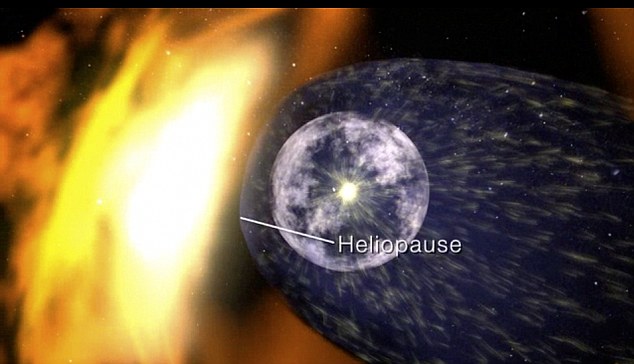
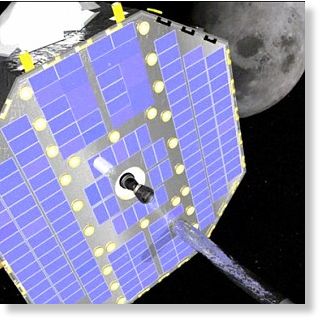
Two independent global models -- one from a group in Huntsville, Ala., and another from Moscow -- correlated with the analytical findings.
'It's too early to say exactly what this new data means for our heliosphere. Decades of research have explored scenarios that included a bow shock. That research now has to be redone using the latest data,' says McComas. 'Already, we know there are likely implications for how galactic cosmic rays propagate around and enter the solar system, which is relevant for human space travel.'
IBEX has already detected particles from outside our solar system entering from interstellar space.
The discovery, by the agency's Interstellar Boundary Explorer (IBEX) ship, gives the most complete glimpse yet of what lies beyond our solar system.
Researchers are confident the new measurements will offer clues about how and where our solar system formed, the forces that physically shape it, and the history of other stars in the Milky Way.
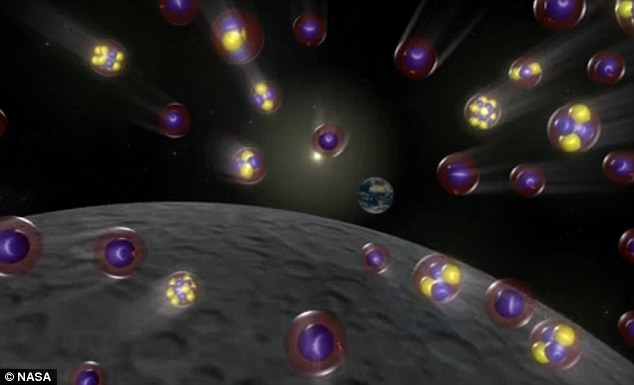
But now, Earth-orbiting IBEX has observed three other types of atom including hydrogen, oxygen and neon - the raw material for the formation of new stars, planets and even human beings.
These interstellar atoms are the by-products of older stars, which blow through in the so-called interstellar wind.
Researchers found 74 oxygen atoms for every 20 neon atoms in the interstellar wind. In our own solar system, there are 111 oxygen atoms for every 20 neon atoms.
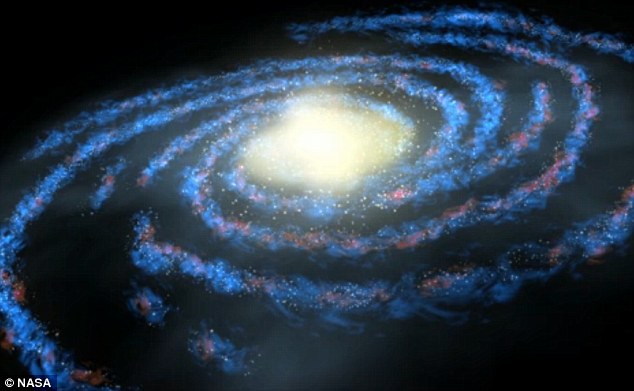
With the new research scientists may now be able to map how our galaxy evolved and changed over time.
'In the beginning there was only hydrogen and helium,' Eberhard Moebius, a University of New Hampshire professor and IBEX team member at Los Alamos, said.
'These two elements formed the first stars. When those stars collapsed and died, they spewed their material, including new elements created through the process of nuclear fusion, out into space.
'We can tell a lot about the evolution of our universe and perhaps gain insight into other galaxies and planetary systems by analysing these particles.'
The IBEX images have been able to provide researchers with more information about our galactic neighborhood and raise some pressing questions about it.
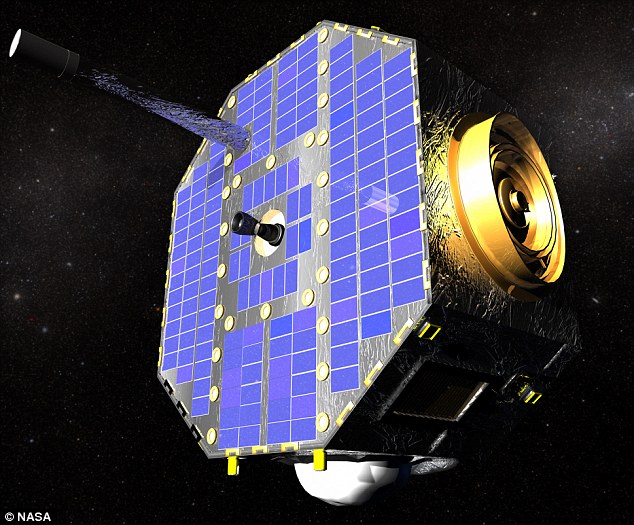
'Either the solar system evolved in a separate, more oxygen-rich part of the galaxy than where we currently reside, or a great deal of critical, life-giving oxygen lies trapped in interstellar dust grains or ices, unable to move freely throughout space.'
Scientists now want to use the new research to help discover what makes up the local interstellar medium - the boundary region that separates the far reaches of our galaxy from our heliosphere.
This sphere shields our solar system from dangerous cosmic radiation hailing from interstellar space.
To do this they measured the amount of pressure the interstellar wind has on the heliosphere.
'Measuring the pressure on our heliosphere from the material in the galaxy and from the magnetic fields out there will help determine the size and shape of our solar system as it travels through the galaxy,' Eric Christian, IBEX mission scientist, at NASA's Goddard Space Flight Center in Greenbelt, Md, said.
The IBEX team also found that the interstellar wind was blowing around 7,000mph slower than previously measured.
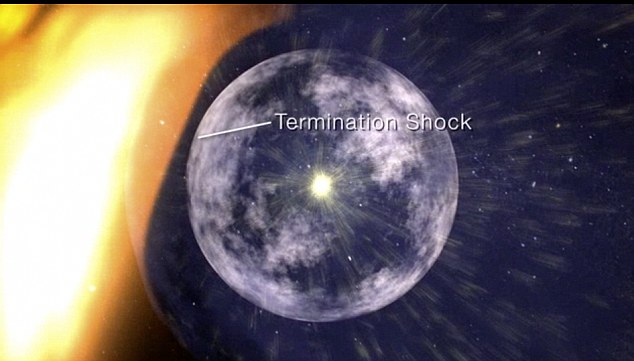
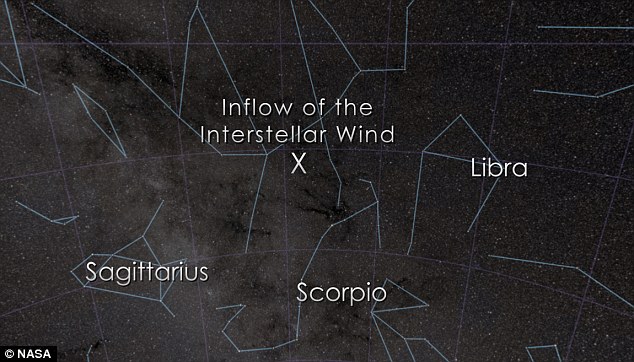



Reader Comments
to our Newsletter